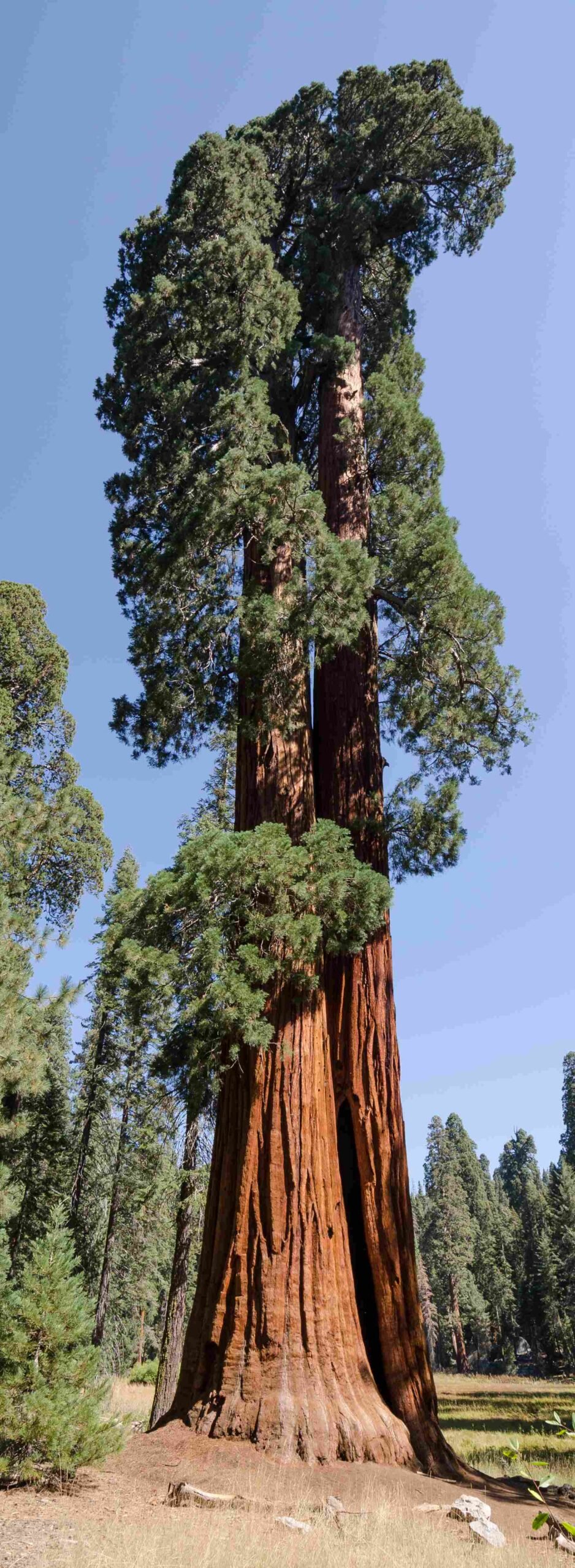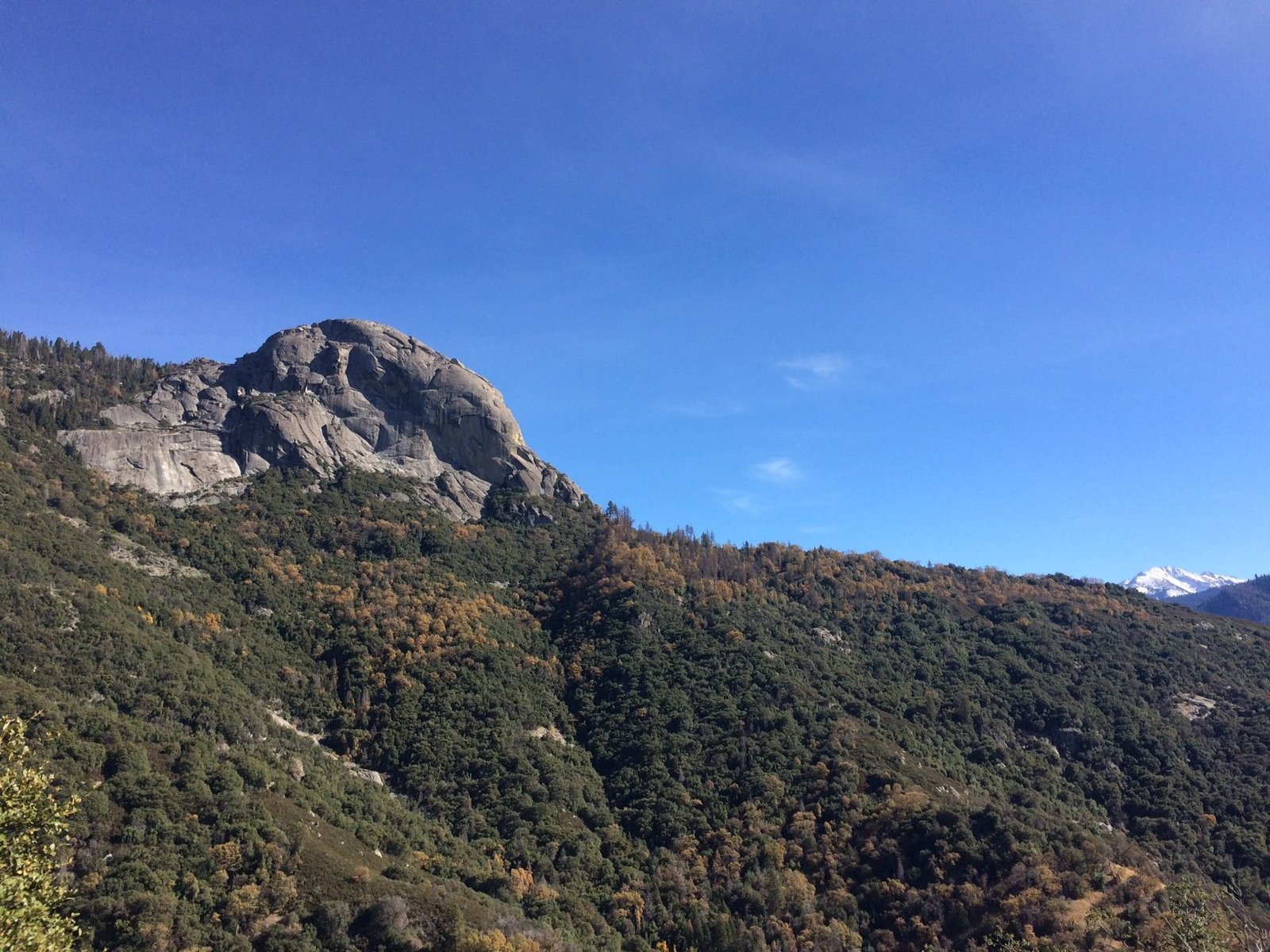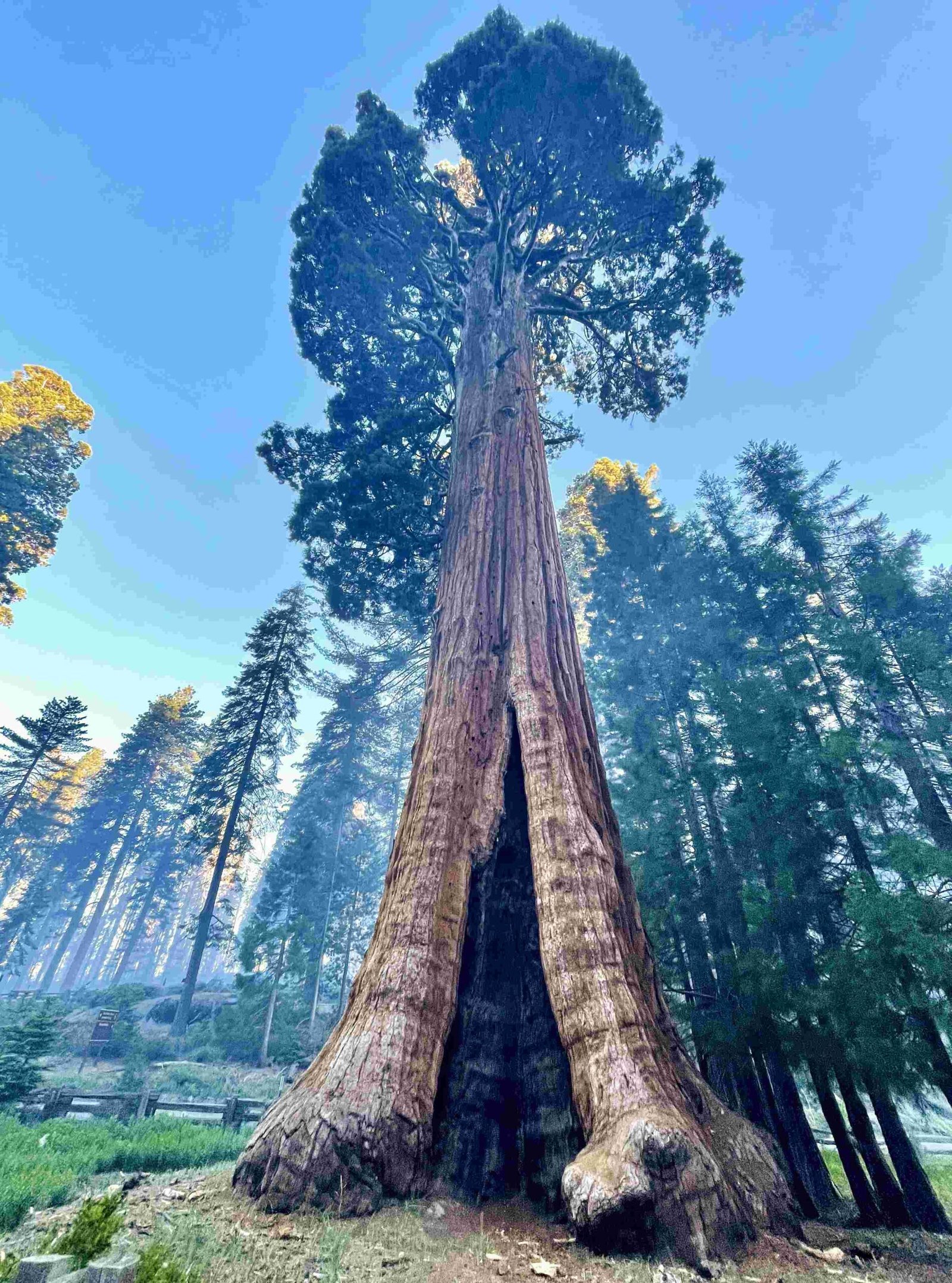Bears brake cars Sequoia National Park is a critical issue for visitor safety and wildlife conservation. In this majestic park, encounters between vehicles and bears pose significant risks to both humans and animals. This guide explores the frequency of bear-vehicle collisions, recommended safety measures, and driving precautions to ensure a safe and enjoyable experience in Sequoia National Park while protecting its iconic wildlife.
What is the Frequency of Bear-Vehicle Collisions in Sequoia National Park?

While specific data on bear-vehicle collisions in Sequoia National Park is limited, incidents do occur. For example:
- On August 23, a black bear was struck and killed by a vehicle near Cedar Grove.
- Bears habituated to human food are more likely to be involved in vehicle collisions.
- These bears frequent roads and campgrounds, increasing the risk of accidents.
The park authorities continuously monitor and record such incidents to improve safety measures and wildlife protection strategies.
How Can Visitors Prevent Bear Encounters with Their Vehicles?

To minimize the risk of bear encounters with vehicles, visitors should follow these guidelines:
- Proper Food Storage:
- Use airtight containers for all food and scented items.
- Store these containers away from vehicles.
-
Never leave food or scented items in cars or tents.
-
Safe Parking Practices:
- Choose well-lit parking areas.
- Avoid parking near known bear habitats.
- Keep vehicles locked at all times.
-
Do not leave windows open.
-
Awareness and Reporting:
- Stay alert for bear warning signs.
- Report any bear sightings to park authorities promptly.
By following these precautions, visitors can significantly reduce the chances of attracting bears to their vehicles and potentially causing dangerous situations.
What Types of Bear Encounters Occur in Sequoia National Park?
Bear encounters in Sequoia National Park can vary in nature and location:
| Encounter Type | Description | Location |
|---|---|---|
| Natural Area Encounters | Bears observed in their natural habitat | Hiking trails, forests |
| Campground Encounters | Bears searching for food in human-occupied areas | Campgrounds, picnic areas |
| Roadside Encounters | Bears crossing roads or foraging near vehicles | Park roads, parking areas |
| Bluff Charges | Defensive behavior when bears feel threatened | Any area, especially near cubs |
It’s crucial to understand that bears may exhibit different behaviors depending on the situation. Always maintain a safe distance and follow park guidelines during any encounter.
What Are the Safety Protocols for Bear Encounters?
If you encounter a bear in Sequoia National Park, follow these safety protocols:
- Stay calm and assess the situation.
- Give the bear plenty of space – do not approach.
- If a bear bluff-charges, stand your ground and do not run.
- Make yourself appear larger by raising your arms and speaking calmly.
- Slowly back away while keeping the bear in sight.
- Do not attempt to haze or scare the bear yourself.
- Report the encounter to park staff as soon as possible.
Remember, most bears will avoid humans if given the opportunity. By following these protocols, you can help ensure a safe outcome for both yourself and the bear.
What Driving Precautions Should Be Taken to Avoid Bear Collisions?
To minimize the risk of colliding with bears while driving in Sequoia National Park:
- Obey Speed Limits:
- Strictly adhere to posted speed limits throughout the park.
-
Reduce speed in areas known for high bear activity.
-
Stay Alert:
- Watch for wildlife warning signs along park roads.
-
Be especially vigilant during dawn and dusk when bears are more active.
-
Use High Beams:
- When safe to do so, use high beam headlights to improve visibility.
-
This can help spot bears on or near the road from a greater distance.
-
Scan the Roadsides:
- Continuously scan both sides of the road for movement.
-
Pay extra attention near meadows, forests, and water sources.
-
Be Prepared to Stop:
- Always be ready to brake for wildlife crossing the road.
- Maintain a safe following distance from vehicles ahead.
By implementing these precautions, drivers can significantly reduce the risk of bear-vehicle collisions and contribute to the safety of both wildlife and park visitors.
How Has Sequoia National Park Adapted Its Regulations to Protect Bears?
Sequoia National Park has implemented several measures to protect bears and reduce human-bear conflicts:
- Strict Food Storage Regulations:
- Mandatory use of bear-resistant food storage containers in all areas of the park.
-
Heavy fines for improper food storage to discourage negligence.
-
Enhanced Education Programs:
- Increased visitor education on bear safety and proper behavior in bear country.
-
Distribution of informational materials at park entrances and visitor centers.
-
Hazing Techniques:
- Park staff use non-lethal hazing methods to discourage bears from frequenting developed areas.
-
Visitors are prohibited from attempting to haze bears themselves.
-
Improved Signage:
- Installation of additional bear warning signs in high-risk areas.
-
Regular updates to signage based on recent bear activity.
-
Monitoring and Research:
- Ongoing studies on bear behavior and movement patterns within the park.
- Use of GPS collars on select bears to track their ranges and identify potential conflict areas.
These adaptive measures demonstrate the park’s commitment to maintaining a balance between visitor access and wildlife protection, ensuring that bears can thrive in their natural habitat while visitors enjoy the park safely.
References:
1. https://www.nps.gov/seki/planyourvisit/bear_encounters.htm
2. https://npshistory.com/morningreport/incidents/seki.htm
3. https://keepbearswild.org/bear-tracker/

